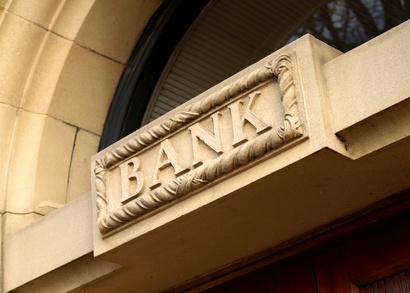Moody’s: Italy’s NPL plan lets banks clean-up balance sheets, but with possible losses

The Italian government's plan for €200 billion of sofferenza ("bad loans") on banks' balance sheets allows banks to use securitisation to help clean-up their balance sheets and stimulate credit growth, says Moody's Investors Service. The rating agency says the plan would help participating Italian banks clean-up their balance sheets and increase lending, but if the sale to a special-purpose vehicle (SPV) is made at a discount, they will likely have to recognise losses that they previously did not.
Moody's says that the plan will have a limited impact in the short term on the reconstitution of banks' balance sheets. However, it gives banks the option to reduce bad loans at somewhat improved values, compared to sales in the market. This measure will not reduce bad loans significantly this year, but will assist in a gradual reduction. Assuming that banks are able to off-load bad loans without significant capital erosion, the framework will be positive because banks would be better protected from stress scenarios.
Under the government's new plan, Italian banks can securitise their bad loans, subject to certain conditions and on a voluntary basis, and investors in the senior notes can benefit from a government guarantee. The guarantee for interest and principal payment will be priced with reference to a bank's single-name credit default swaps. To be eligible for the guarantee, the senior notes would need to be of investment-grade credit quality and at least 50% of the junior notes, and mezzanine if issued, would need to be sold, in order to benefit from the guarantee and deconsolidate bad loans, according to the details of the plan. The structure will be strictly sequential and all returns to the junior noteholders will be subordinated to the senior notes being completely repaid. An independent servicer would service the securitised pool. The plan will be available for 18 months and extendable for 18 additional months.
Moody's says that the amount of debt that can be raised for the senior tranches will depend on the composition of the underlying portfolios (for example, corporates loans or loans to individuals, secured or unsecured) and the expected time to recovery, among other factors.
The government has proposed that banks use securitisation to clean up their balance-sheets and transfer the credit risks inherent in the relevant loans into the capital markets. Under the scheme, losses cannot be transferred to the SPV and embedded into the junior tranches because banks would have to sell more than 50% of the junior tranche in order to benefit from the sovereign guarantee and deconsolidate the bad loans.
The plan has limited credit implications for the sovereign as the additional contingent liabilities are limited in size and the expected loss related to providing the guarantees is low. The amount of contingent liabilities is limited because the guarantee will only be extended to the senior tranches of the bad-loan securitisations and because banks will only sell part of their bad loans. The expected loss for the sovereign related to providing the guarantee is low, as only tranches of investment-grade credit quality will qualify for a sovereign guarantee.
The total stock of Italian non-performing loans (NPLs) has increased post-crisis and currently totals about €350 billion in the banking system. They now represent about 18% of total loans and 23% of GDP, up from €236 billion in 2012, and €132 billion in 2009. Of these €350 billion, the government's plan would cover the outstanding €200 billion of bad loans.

